
Decorating your home should be a joy, not a worry. But if you're an interior design enthusiast or a homeowner considering peel and stick wallpaper, you may be wondering about few questions: Does the stick wallpaper damage walls? Will my removable wallpaper ruin walls? Is the peel and stick wallpaper glue safe? Maybe better stick to the traditional wallpaper or vinyl wallpaper? Is the peel and stick strippable wallpaper? How hard is the application process and how hard will be the process of removing the wallpaper, will it be an easy removal? Will the peel and stick wallpaper ruin walls and is the wall paint better? This blog post dives deep into the impact of peel and stick wallpaper on various areas, with practical tips and experience, real-life examples, reasons, and best practices to ensure your walls stay pristine.
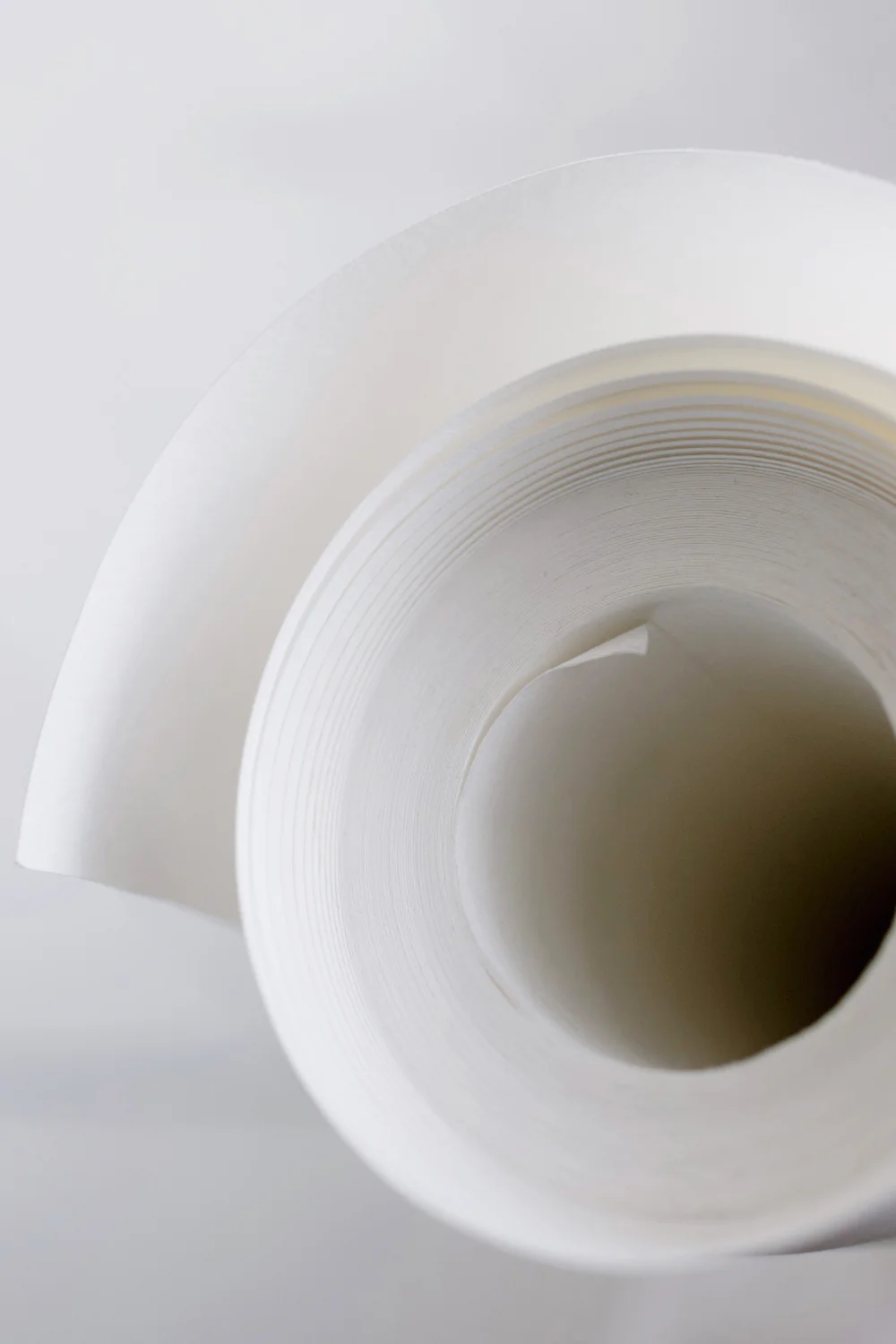
Does Peel and Stick Wallpaper Damage Walls?
In most cases, removable wallpapers like the peel and stick wallpapers does not harm walls if applied and removed correctly. However, understand that depending of specific wallpaper type and finishes the process should be differently, so it doesn't lead to possibility of potential issues, so keep all the factors in mind.
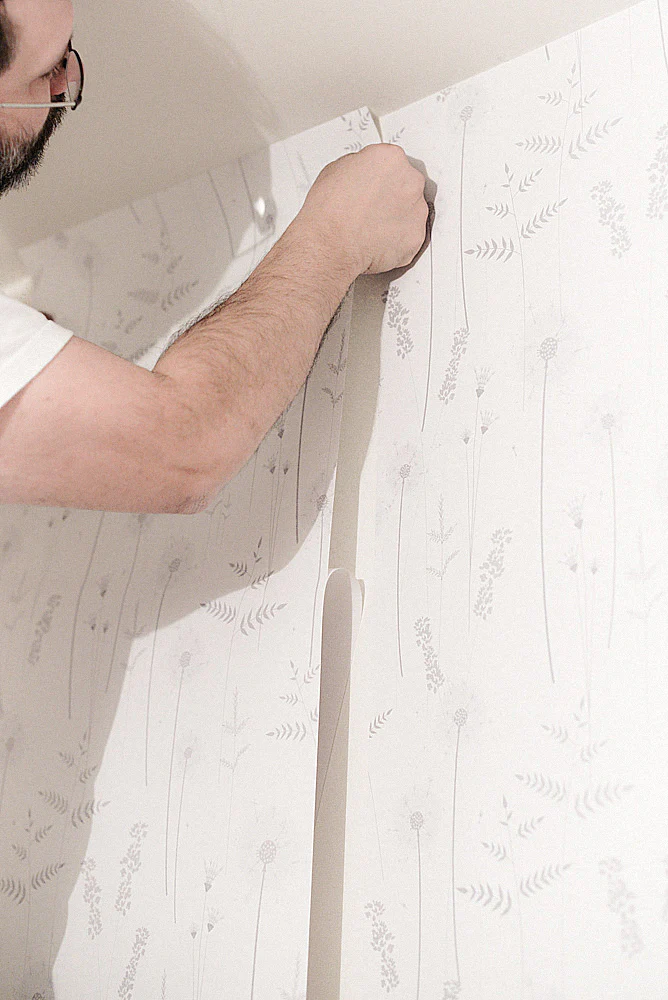
Wall Types
Smooth Walls
Textured Walls
Unfinished Drywall
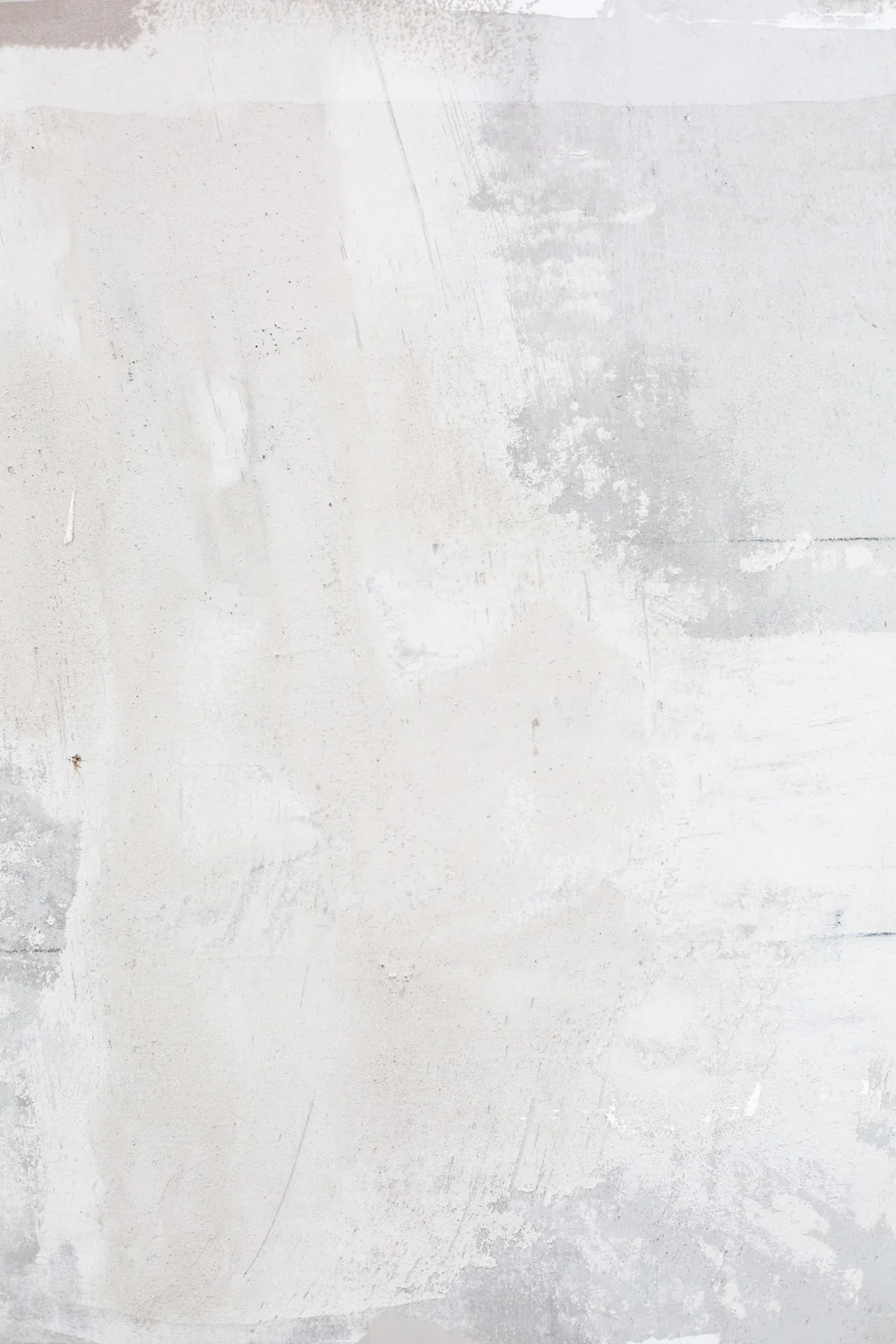
Removal Process
How to Safely Remove Peel and Stick Removable Wallpaper
-
Peel Gently: Simply choose a corner and slowly peel back the paper strip at a 45-degree angle one strip at a time. If you try to remove the peel and stick wallpaper off too quickly it can harm the wall exterior, causing unsightly tear, marks, peels or even stripping away paint. Take your time and peel slowly to ensure a smooth, damage-free removal process. Using gentle, even pressure will help preserve the integrity of the wall and keep it looking its best.
-
Heat the Adhesives: We recommend to use a hairdryer to warm the glue if you encounter peel resistance. This process loosens the glue, which makes it significantly easier to peel off the stick wallpapers without causing any harm to the underlying wall and wallpaper damage. By softening the fixative, you are ready to finally easy get rid of large sections of paper more efficiently and with less effort, preserving the integrity of the smooth surface underneath while removing wallpaper.
-
Clean Residue: Get rid of any leftover fixative with a mild soap and hot water solution. This technique should easily help dissolve the residue without causing any damage or tear to the wall. It's important to avoid harsh chemicals or bringing abrasive materials, as they could further become damaging to the wall exterior and potentially affect the paint. If the residue is particularly stubborn, you might need to repeat the cleaning process a few times until it's fully gone.
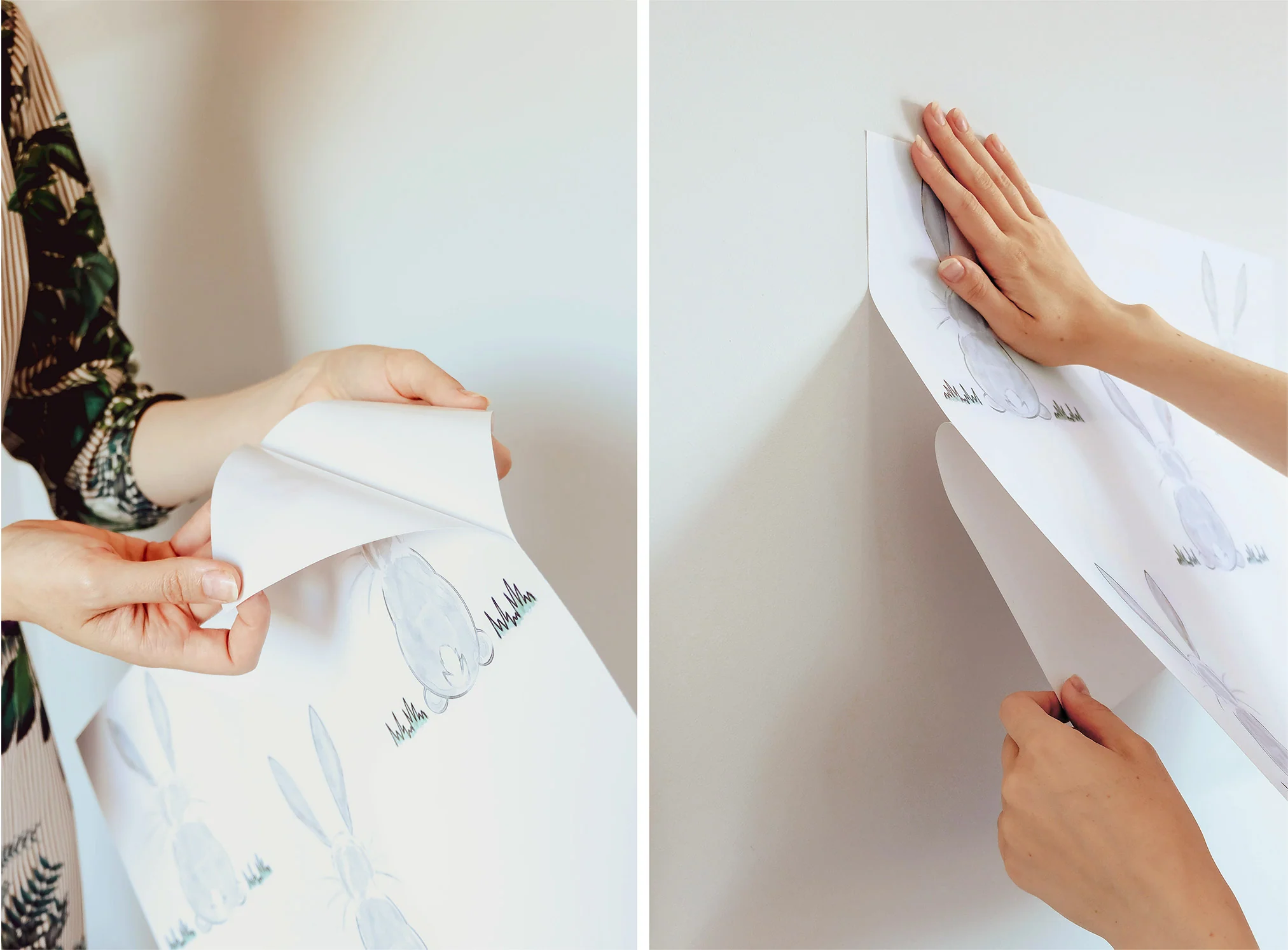
Impact on Various Wall Finishes
How Different Finishes React
-
Painted Walls: Peel and stick wallpaper is generally safe for freshly painted wall with flat paint or matte finish wall if the paint is fully cured, which usually takes about two weeks. However, it may pull off weak paint, potentially damaging the wall's exterior. To avoid any issues, it's essential to carefully test and cover a small, inconspicuous area first to ensure that all the wallpaper adheres the right way and can be removed without causing problems. Additionally, make sure the wall is clean and free of dust or debris before applying the wallpaper designs for optimal results.
-
Wallpapered Walls: The idea to hang peel and stick wallpaper over existing regular wallpaper can be tricky. It may damage the layers underneath, especially if the installed wallpaper is old or already peeling. The fixative on the peel and stick wallpaper may not adhere accurately to the old exterior, leading to bubbles or uneven application. We recommend to get rid of the existing room wallpaper first to ensure a smooth and long-lasting durability.
-
Other Finishes: For other finishes, it's crucial to test a small area for compatibility. Some materials may react adversely to the fixative, leading to problems upon removal. This preliminary test helps ensure that the adhesives won't cause discoloration or other forms of issues. Taking this precautionary step can prevent costly repairs, maintain the integrity of the paper material and minimise the risk of wall damage.
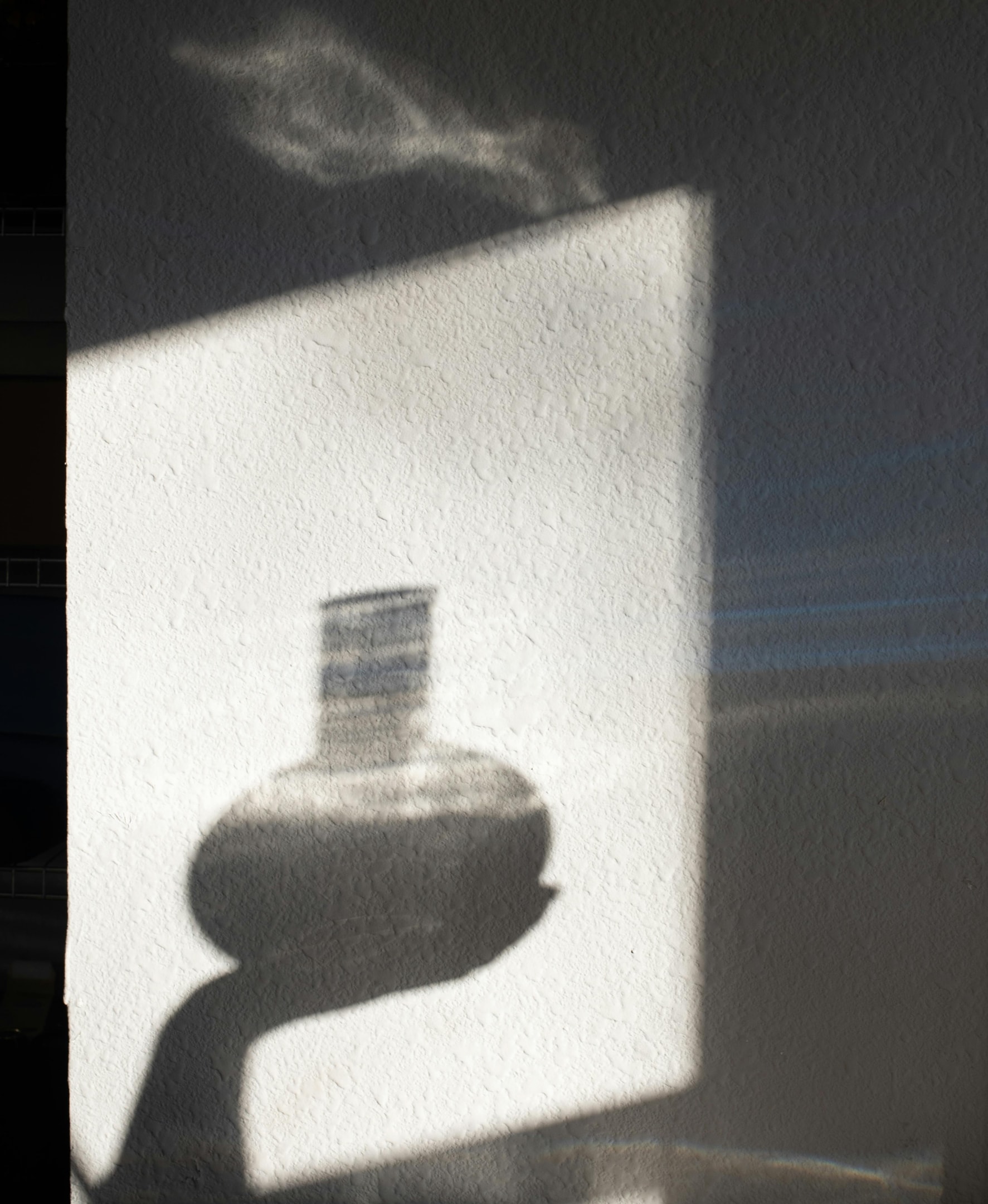
When peel and stick wallpaper can damage walls?
Weak or Flaky Paint
Poor Exterior Preparation
Textured or Porous Exterior
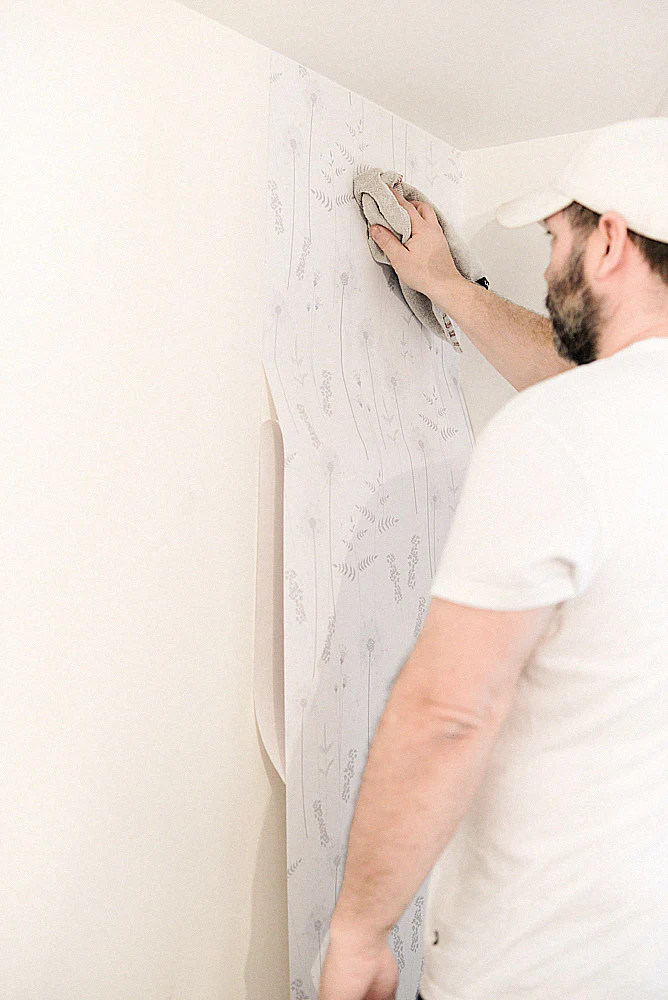
Wrap-Up


